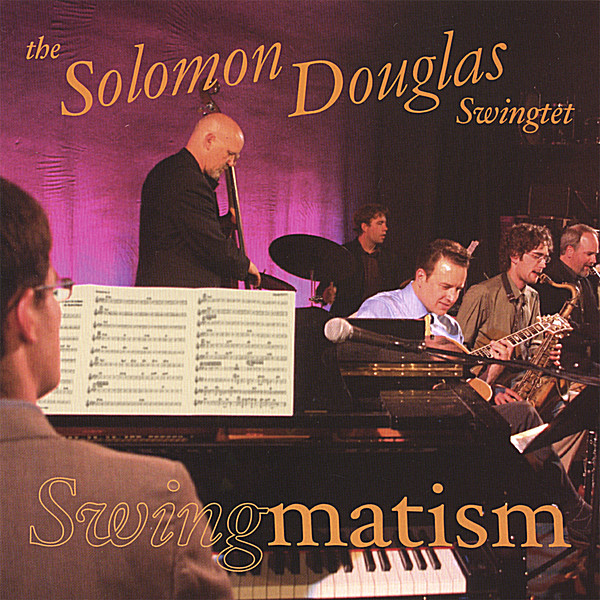
Bryant, Richard A.
product information
description
t responders are often highly exposed to traumatic events. Police, firefighters, and paramedics experience markedly higher rates of PTSD than others in the community. They also face distinct organizational challenges that complicate their stress reactions. Often, this results in needs that are not addressed in manuals developed for people who have survived single traumatic events. This book provides an overview of theoretical and empirical frameworks for understanding PTSD in first responders and outlines practical and evidence-based approaches to assess and treat PTSD in these populations. Other chapters cover the particular challenges of working with first responders, including comorbidities; organizational stressors that can complicate treatment; and forensic issues therapists should consider through assessment and treatment. The author's approach is based on cognitive behavior therapy and is supported by research done in the Traumatic Stress Clinic in Australia, which has treated hundreds of first responders. This comprehensive volume is essentially the outcome of the author's lessons learned about what is effective and what is not in helping police, firefighters, and paramedics deal with their stress-related conditions.
member goods
No member items were found under this heading.
Return Policy
All sales are final
Shipping
No special shipping considerations available.
Shipping fees determined at checkout.







